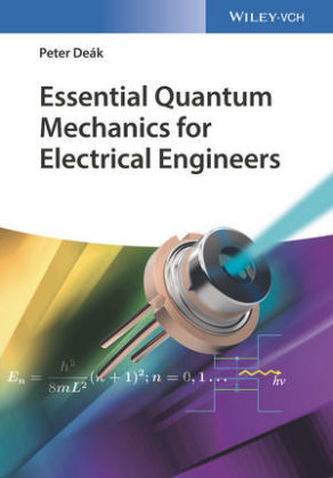Essential Quantum Mechanics for Electrical Engineers
1214 Kč 1 232 Kč
Sleva až 70% u třetiny knih
1 INTRODUCTION. CLASSICAL PHYSICS AND THE PHYSICS OF INFORMATION TECHNOLOGY
1.1 The perception of matter in the classical physics
1.2 Axioms of the classical physics
1.3 Status and effect of the classical physics by the end of the 19th century
1.4 Physics background of the high-tech era
1.5 Developments in physics reflected by the development of lighting technology
1.6 The demand for physics in electrical engineering and informatics: today and tomorrow
1.7 Control questions and exercises
2 BLACKBODY RADIATION: THE PHYSICS OF THE INCANDESCENT LAMP AND OF THE PYROMETER
2.1 Electromagnetic radiation of heated bodies
2.2 Electromagnetic field in equilibrium with a metal cage of temperature T
2.3 Determination of the average energy per degree of freedom. Planck's law
2.4 Practical applications of Planck's law for the blackbody radiation
2.5 Significance of Planck's law for the physics
2.6 Control questions and exercises
3 PHOTONS. THE PHYSICS OF LASERS
3.1 The photoelectric effect
3.2 Practical applications of the photoelectric effect (photocell, solar cell, chemical analysis)
3.3 The Compton-Effect
3.4 The photon hypothesis of Einstein
3.5 Planck's law and the photons. Stimulated emission
3.6 The laser
3.7 Control questions and exercises
4 ELECTRONS. THE PHYSICS OF DISCHARGE LAMPS
4.1 The fluorescent lamp
4.2 Frank-Hertz-Experiment
4.3 Models of the hydrogen atom
4.4 Practical consequences of the energy quantization for discharge lamps
4.5 The de Broglie hypothesis
4.6 The Davisson - Germer Experiment
4.7 Wave - particle dualism
4.8 Control questions and exercises
5 THE PARTICLE CONCEPT OF QUANTUM MECHANICS
5.1 Particles and waves in the classical physics
5.2 Double slit experiment with a single electron
5.3 The Born - Jordan interpretation of the electron wave
5.4 Heisenberg's uncertainty principle
5.5 Particle concept of the quantum mechanics
5.6 The scale-dependence of physics
5.7 Towards a new physics
5.8 The significance of electron waves for electrical engineering
5.9 Displaying electron waves
5.10 Control questions and exercises
6 MEASUREMENT IN THE QUANTUM MECHANICS. POSTULATES 1-3
6.1 Physical restrictions for the wave function of an electron
6.2 Mathematical definitions and laws related to the wave function
6.3 Mathematical representation of the measurement by operators
6.4 Mathematical definitions and laws related to operators
6.5 Measurement in the quantum mechanics
6.6 Control questions and exercises
7 OBSERVABLES IN THE QUANTUM MECHANICS. POSTULATES 4-5. THE RELATION OF CLASSICAL AND QUANTUM MECHANICS
7.1 The canonical commutation relations of Heisenberg
7.2 The choice of operators by Schrödinger
7.3 Vector operator of the angular momentum
7.4 Energy operators and the Schrödinger equation
7.5 Time evolution of observables.
7.6 The Ehrenfest-Theorem
7.7 Control questions and exercises
8 QUANTUM MECHANICAL STATES.
8.1 Eigenstates of position
8.2 Eigenstates of momentum
8.3 Eigenstates of energy - stationary states
8.4 Free motion
8.5 Bound states
8.6 Control questions and exercises
9 THE QUANTUM WELL: THE BASIS OF MODERN LIGHT EMITTING DIODES (LEDS).
9.1 Quantum well LEDs
9.2 Energy eigenvalues in a finite quantum well
9.3 Applications in LEDs and in Detectors.
9.4 Stationary states in a finite quantum well.
9.5 The infinite quantum well
9.6 Comparison to a classical particle in a box
9.7 Control questions and exercises
10 THE TUNNEL EFFECT AND ITS ROLE IN ELECTRONICS
10.1 The scanning tunneling microscope
10.2 Electron at a potential barrier
10.3 Field emission, leakage currents, electrical breakdown, flash memories
10.4 Resonant tunneling, quantum field effect transistor, quantum cascade lasers
10.5 Control questions and exercises
11 THE HYDROGEN ATOM. QUANTUM NUMBERS. ELECTRON SPIN
11.1 Eigenstates of Lz
11.2 Eigenstates of L2
11.3 Energy eigenstates of an electron in the hydrogen atom
11.4 Angular momentum of electrons. The spin
1
| Autor: | Deák, Peter |
| Nakladatel: | Wiley-VCH |
| Rok vydání: | 2017 |
| Jazyk : | Angličtina |
| Vazba: | Paperback / softback |
Mohlo by se vám také líbit..
-
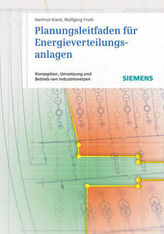
Planungsleitfaden für Energieverteilu...
Kiank, Hartmut
-
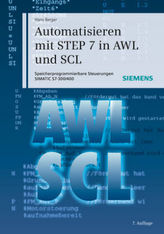
Automatisieren mit STEP 7 in AWL und ...
Berger, Hans
-
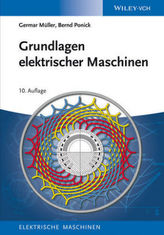
Grundlagen elektrischer Maschinen
Müller, Germar
-
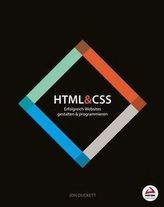
HTML & CSS
Duckett, Jon
-
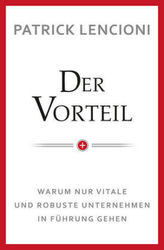
Der Vorteil
Lencioni, Patrick M.
-
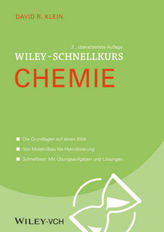
Chemie
Klein, David R.
-
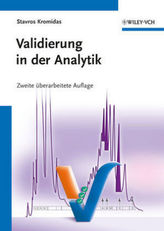
Validierung in der Analytik
Kromidas, Stavros
-

Molekulare Diagnostik
Thiemann, Frank
-
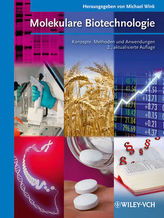
Molekulare Biotechnologie
Wink, Michael
-
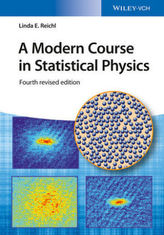
A Modern Course in Statistical Physics
Reichl, Linda E.
-
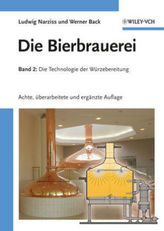
Die Technologie der Würzebereitung
Narziß, Ludwig
-
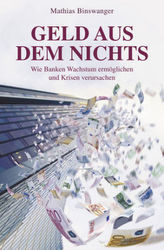
Geld aus dem Nichts
Binswanger, Mathias
-
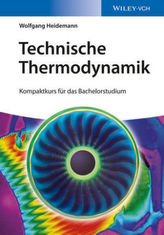
Technische Thermodynamik
Heidemann, Wolfgang
-
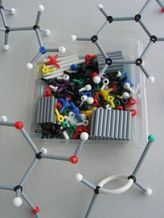
ORBIT Molekülbaukasten Chemie, Basis-Set
-
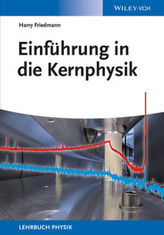
Einführung in die Kernphysik
Friedmann, Harry
-

Die 5 Dysfunktionen eines Teams - der...
Lencioni, Patrick M.




